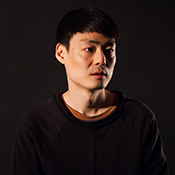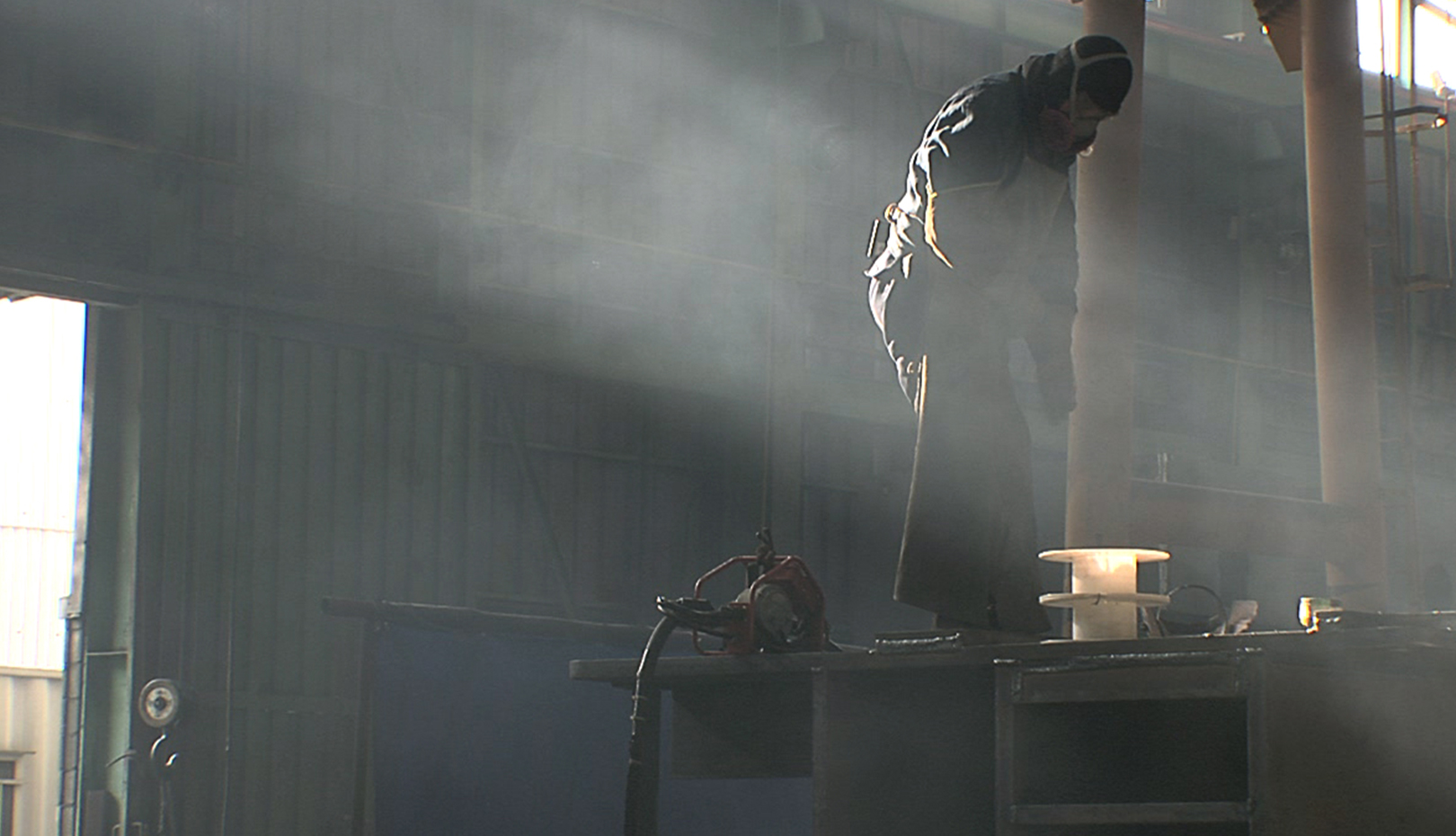The Color of Pain
LEE Kang-hyun
- Korea
- 2010
- 136min
- G
- DCP
- color
Synopsis
Under the current Occupational Safety and Health Act, companies with more than 50 and less than 300 employees are required to undergo inspections by occupational health specialists appointed by the agency responsible for overseeing health management at the site. These inspections include assessments of the work environment, provision of health advice, and guidance on occupational diseases. The film begins by presenting the results of a year-long documentary capturing the implementation of workplace health management as mandated by this law.
Review
At first glance, it might appear to be within the realm of Direct Cinema, but the camera in The Color of Pain subverts the notion of observation that claims to capture events "as they are," as opposed to embracing the ideal of observation. Direct Cinema is rooted in the belief that a strategically positioned camera can capture events without intervening in the events themselves. However, the camera in The Color of Pain does not approach its subjects by establishing relationships. Instead, it conceals the privileged position of the camera and dismantles the spatial perception of Direct Cinema that asserts objectivity, along with the cognitive activity that follows, to situate the act of observation on a different foundation. In other words, The Color of Pain contemplates a camera that breaks away from the conventions of observation, rather than oscillating between objective observation and subjective evaluation. The world that The Color of Pain arrives at is one entrenched in the realm of chronic illness. The observation in this film extends even to the pervasive reality accustomed to chronic environments that breed chronic ailments. To regain the energy required to return to the world of those illnesses, a culture of activity strives to forget the chronic illnesses imposed by contemporary labor, transcending that momentary escapism. To achieve this, The Color of Pain eradicates the customary practice of observation and revisits it to "see." Thus, through an unwavering record, The Color of Pain attempts to "see" this world of chronic illnesses.
Director
-

LEE Kang-hyun
Lee made his directorial debut in 2006 with the release of his first feature documentary, The Description of Bankruptcy. The film was screened at various Korean and international film festivals, including the Seoul Independent Film Festival and IDFA. His second work, The Color Of Pain also garnered positive reactions from both Korean and international critics and audiences, showcasing his profound insights. In 2019, Lee ventured into feature fictional filmmaking with Possible Faces, his first foray into this genre.


